If Google took you to this page directly, click here to go to the start of the article.
Sound performance
My main sources were the iFi Go Blu /FiiO KA1 / ddHiFi TC35i. Trusted sources from trusted brands that I used extensively for the past months.
As usual, files were played from either Apple Music / Spotify or my own music library. Some tracks will be highlighted, just so you can try them home too!
Overall signature
So, how does the P1 Max compares to the previous P1? Different, but also better in many ways.
The sound is well-balanced, even if there’s a slight emphasis on the upper range, but nothing enough to be a real bother in the long term. Dynamic range definitely improved, allowing more micro-details to shine at lower volume, and a more impactful sound at higher volume. Paired with a good source, I was impressed by how full the P1 Max sounded, easily pushing thunderous bass, with no audible distortion.
Resolution and clarity are excellent, and the whole spectrum shows an impressive level of definition. Highs can be a bit prominent at times even more with a DAC like the FiiO KA1, but paired with the iBasso DC06, that was less of an issue. Thankfully, this little addition widens the sound – and not by a small margin – while enhancing details retrievals.
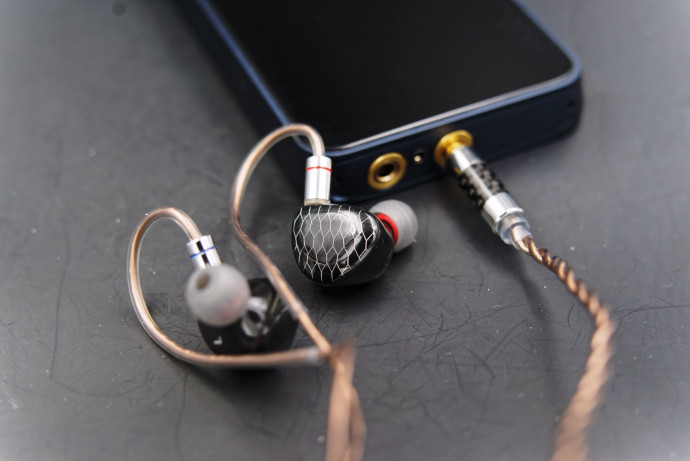
On the same note, bass is the real hero here. With tracks like Rock You from Dirty Loops, the IEM displays nicely controlled bass response and impact. The richness is impressive and quite frankly, in this aspect, this model overtook many higher-end models. For a sole driver, the result is compelling, helped by the tight seal offered by the new acrylic design, and techno-lovers, like me, will undoubtedly prefer the new one, to the first TinHifi P1.
Head to head with the P1 V1, the P1 Max feels like a solid step-up. The tonal balance is better, especially in the low-mids, and transients are even faster, making this IEM the perfect solution for techno lovers on the cheap. It’s almost uncanny how much bass you can get from a single driver those days, but that’s even truer with a model like the P1 Max. The rumble is there, even at low volume, and pushed by the SMSL D0200 / H0200 – way overkill for that – the end result is simply magical.
If lows are tight, mids don’t fall short either. Voices especially were given a lot of love and attention, and I was deeply impressed by how natural the mid-range came out, even when just paired with ddHiFi’s TC35i. TinHifi did a very good revamp and tweaked the flaws found in the P1 while keeping the good traits – such as the punchy mid-range – for an excellent end result.
Of course, perfection isn’t of this world – at least for now – and there are still a few issues that should be addressed: highs can be a bit too forward sometimes, and depending on the source you’ll pair, voices can sound a bit artificial, missing the natural delay you hear in real life. That’s not an issue most of the time, but on bad recordings, you may have to lower the 8kHz on your EQ, to tone everything down.
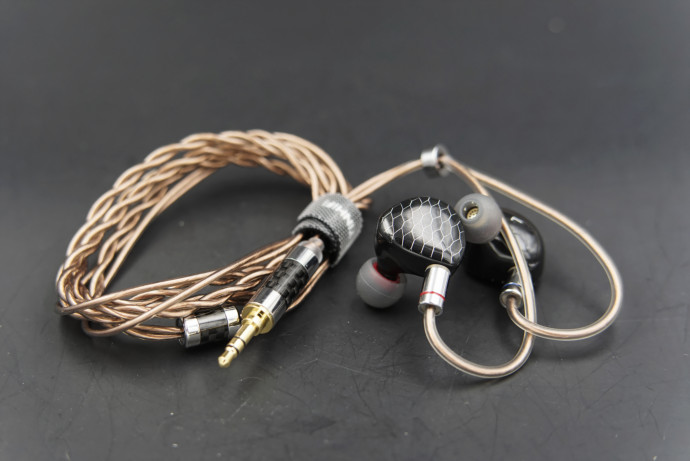
Add a potent source like the Hidizs AP80 Pro X + DH80 and the TinHifi P1 Max opens up really nicely. Highs are sharper and lows gain more weight, without infringing on the voices. The transition between low, mids, and highs is usually seamless, but as I said before, mids can sometimes work solo, before blending back with everyone. That said, like every planar – IEM or headphone – those ears crave power and will only deliver their full potential when correctly driven. I tried a few combinations and, for me at least, the best pair was P1 MAX + iBasso DX24: exquisite lows, clean mids, clear highs, and a super-wide soundstage.
I listened to classic tracks like Hysterias from SebastiAn, or vocal one like La Jeune Fille en Feu from Par One and that confirmed my first impression: if bass remains one the best feature, everything else has been improved. I also tried complex tracks like Crash Landing from Illangelo which highlights the ear’s excellent ADSR and wide dynamic range. A good example is Blaxploitation from Noname, whose polyphonic patterns were perfectly positioned with the P1 Max.
All in all, this is deeply impressive, and the only limit I could point would be the upper-mid, slightly below the rest of the spectrum, but that’s if you’re really picky. Compared to my FiiO FD3 Pro, my usual go-to in this price range, the TinHiFi P1 Max offers more sound pressure, better textures, and a better fit. In fact, this new IEM feels like a natural alternative to my AudioSense DT200 (the sub-200 bass king) with quicker transients and equally powerful lows. Again, choose a good source, but if you do so, you’ll be plenty rewarded!
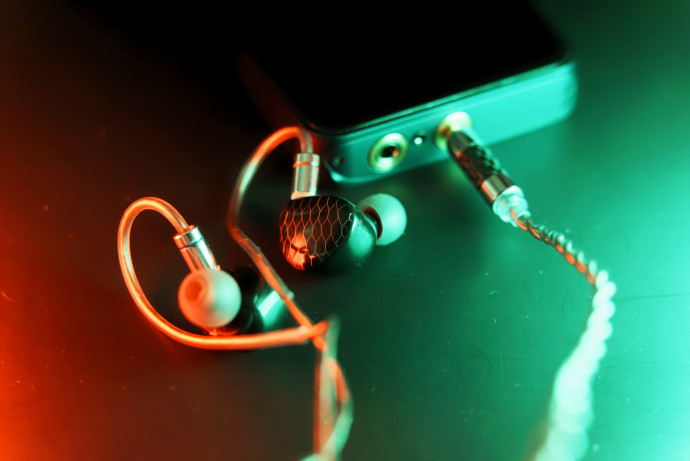
Tonality
Highs: engaging and sharp. High-frequencies extension is great, even if the P1 Max can be a tad too bright sometimes, especially with bright sources like A&K or Cayin – even if I bet not many people would pair a $189 IEM with a quadruple-digit DAP. All in all, it’s still pretty impressive.
Good test-track: The Look Of love – Dusty Springfield
Mediums: wide and quick. As usual with TinHifi, mids are superb and provide the perfect balance of sharpness and oneness. Sometimes, they can appear to not be completely in phase with lows and highs, but this is mostly hearable with badly recorded tracks. Everything is perfectly on-point and the P1 Max remains a solid improvement in this regard.
Good test-track: Plastic Love – Mariya Takeuchi
Bass: solid bass and deep rumble. Bass is there, well-defined, and impactful, and the more you push, the more you’re rewarded. It’s deeply addictive, with powerful kicks and good definition from top to bottom, even more, if you can use a balanced source, with a balanced cable.
Good test-track : Peur des filles – L’impératrice
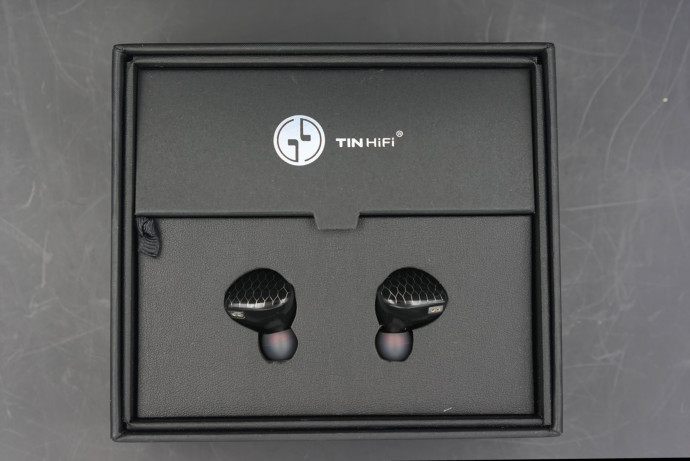
Conclusion
For $189, the TinHifi P1 Max is a great IEM, giving anyone the chance to discover planar magnetic prowess, in a much easier form than the first P1. If less sturdy, this model gets enhanced in every other aspect:
Build quality remains excellent, comfort is exceptional, isolation is better, and the sound is even more refined, with impressive lows and sharp highs. Paired with a quality source, the IEM behaves extremely well, and this makes the P1 Max a real competitor for other chi-fi in-ear, in this price range.
A sure choice that I’ll recommend for every newcomer.
Page 1: About the brand, design, and build quality
Page 2: Design and build quality, Bundle and specifications
Page 3: Sound performances





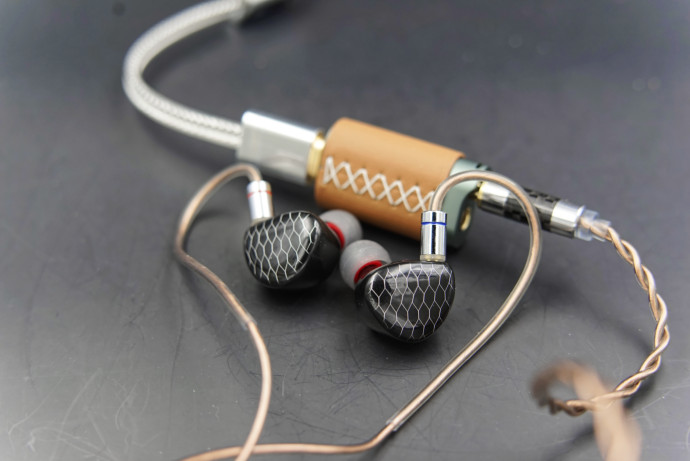
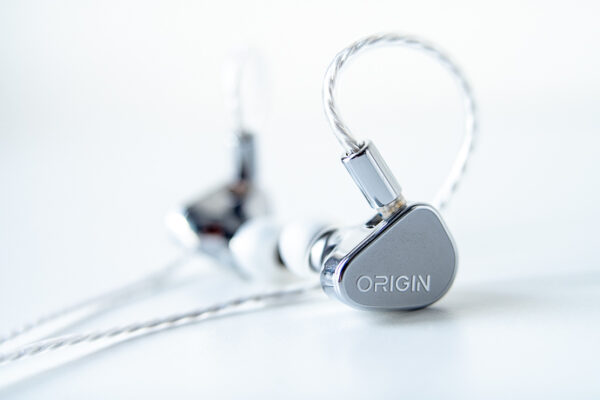
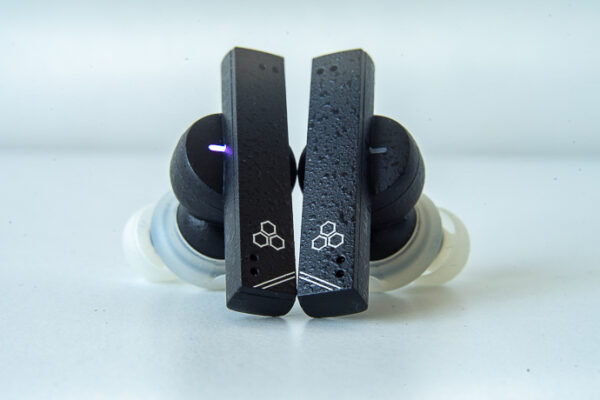
Hien
Great review as usual and sounds like great bang for the buck!
Your link to page 3 is pointing to a different product – https://www.headfonia.com/tinhifi-t3-plus-review/3
Lieven
Thank you, it’s fixed 🙂